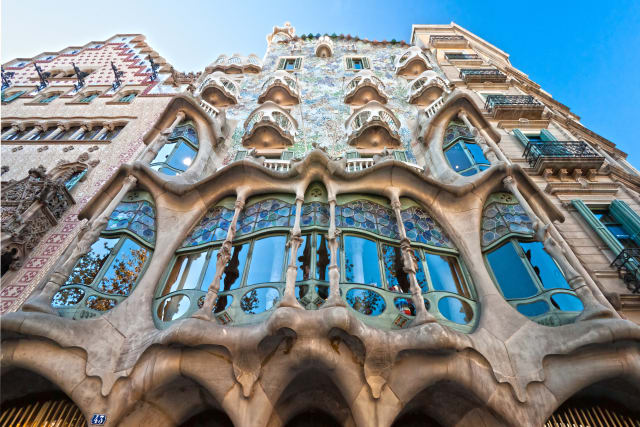
Antoni Gaudi’s buildings, like the Casa Batllo pictured here, look like extravagant sculptures rather than practical architecture. But, much like items produced by generative design today, their grounding in organic forms makes them strong. (Image courtesy of TimeOut Barcelona.)
Generative design is a cutting-edge software that allows engineers and manufacturers to determine the “best possible” designs. Buildings and objects created by generative design algorithms bear a striking similarity to organic shapes like bones and branches, suggesting that those shapes are some of the strongest and most efficient possible.
But engineers working with generative design algorithms aren’t the first to realize this. One architect, working at the beginning of the 20th century, arrived at generative design’s conclusions through painstaking work with physical models.
Antoni Gaudi was a Spanish architect remembered for his fantastical, one-of-a-kind buildings. His unpredictable curves seem like an extravagant luxury, but there’s a purpose to them: Gaudi designed his buildings based on organic forms because of their strength and economy of material.
“Nothing is invented, for it’s written in nature first,” Gaudi is famous for saying, and he also famously used living things (like plants and animals) as references for his designs. Their influence is obvious: his Casa Batllo has columns shaped like bones, and the railings of his Casa Vicens are shaped like palm…

